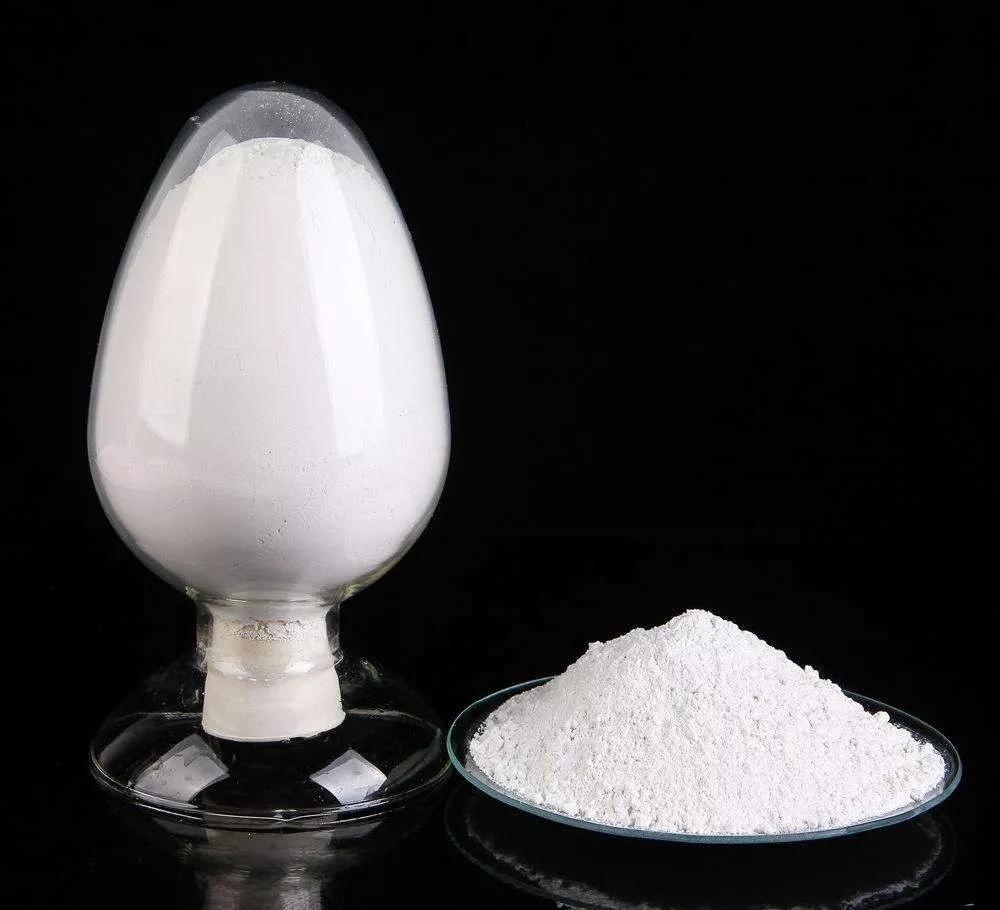Magnesium hydroxide Flame retardant and aluminum hydroxide flame retardants are two different flame retardants. In addition to having the same impact on the environment, these two flame retardants have obvious differences in many aspects such as thermal reaction, decomposition temperature, and flame retardant ability. In comparison, the performance of magnesium hydroxide flame retardant is better than that of aluminum hydroxide flame retardant. Today I will compare magnesium hydroxide and aluminum hydroxide flame retardants from these aspects. I hope it will be helpful to everyone.

The thermal decomposition temperature of magnesium hydroxide is330°C, and the thermal decomposition temperature of aluminum hydroxide is 210°C, which is higher than that of aluminum hydroxide 100°C, so plastics filled with magnesium hydroxide flame retardant can withstand higher processing temperatures, because increasing the processing temperature during plastic processing is conducive to speeding up the extrusion speed and shortening the molding time
The most mainstream and developedflame retardant products on the market are now AgentsThere are nano antimony trioxide flame retardants, nano aluminum hydroxide flame retardants, nano magnesium hydroxide flame retardants, nano layered double hydroxide flame retardants, and nano antimony pentoxide flame retardants. , nano calcium carbonate, nano titanium dioxide, nano zinc oxide, etc.
The flame retardant mechanism of the two resemblance. The thermal decomposition process of magnesium hydroxide and aluminum hydroxide is: the gaseous water generated by thermal decomposition can cover the flame, expel oxygen, dilute combustible gas, and form an insulation layer on the plastic surface in contact with the flame to prevent the flow of flammable gas and prevent The spread of flame is similar to the carbonization of phosphorus flame retardants. The decomposition products of these two flame retardants are non-toxic substances and produce mineral phases, especially magnesium hydroxide, which has a stronger acid-neutralizing ability than aluminum hydroxide and can quickly neutralize the acidity generated during the burning of plastics. And corrosive gases(SO2, NO2, CO2, etc.).



 微信扫一扫打赏
微信扫一扫打赏
